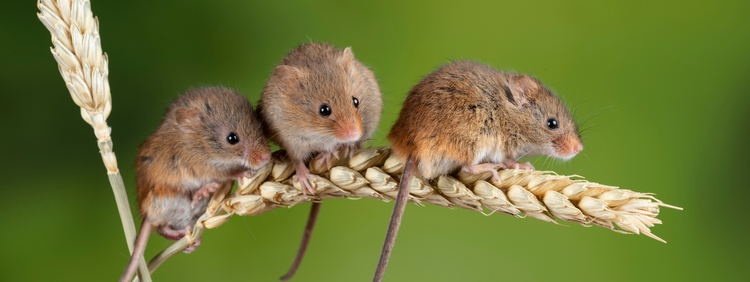 It can be difficult to tell different species of mice apart. The differences in their appearances can be subtle, and because mice are shy, skittish creatures, it can be difficult to get a good look at them before they seek cover. It isn't strictly necessary for you to determine which species of mouse is infesting your house; when we perform mice control in Markham, identification is part of our process. However, you should be aware of the problems that different species of mice can cause in your home.
It can be difficult to tell different species of mice apart. The differences in their appearances can be subtle, and because mice are shy, skittish creatures, it can be difficult to get a good look at them before they seek cover. It isn't strictly necessary for you to determine which species of mouse is infesting your house; when we perform mice control in Markham, identification is part of our process. However, you should be aware of the problems that different species of mice can cause in your home.
 It can be difficult to tell different species of mice apart. The differences in their appearances can be subtle, and because mice are shy, skittish creatures, it can be difficult to get a good look at them before they seek cover. It isn't strictly necessary for you to determine which species of mouse is infesting your house; when we perform mice control in Markham, identification is part of our process. However, you should be aware of the problems that different species of mice can cause in your home.
It can be difficult to tell different species of mice apart. The differences in their appearances can be subtle, and because mice are shy, skittish creatures, it can be difficult to get a good look at them before they seek cover. It isn't strictly necessary for you to determine which species of mouse is infesting your house; when we perform mice control in Markham, identification is part of our process. However, you should be aware of the problems that different species of mice can cause in your home.

